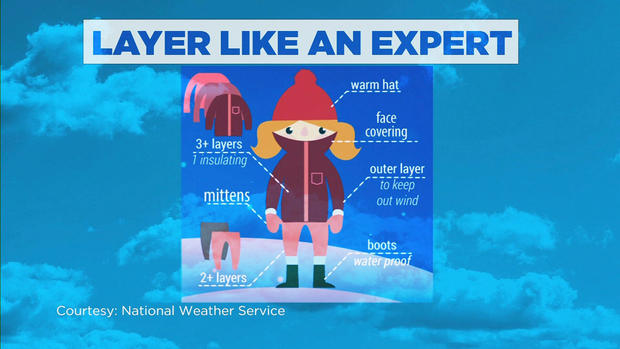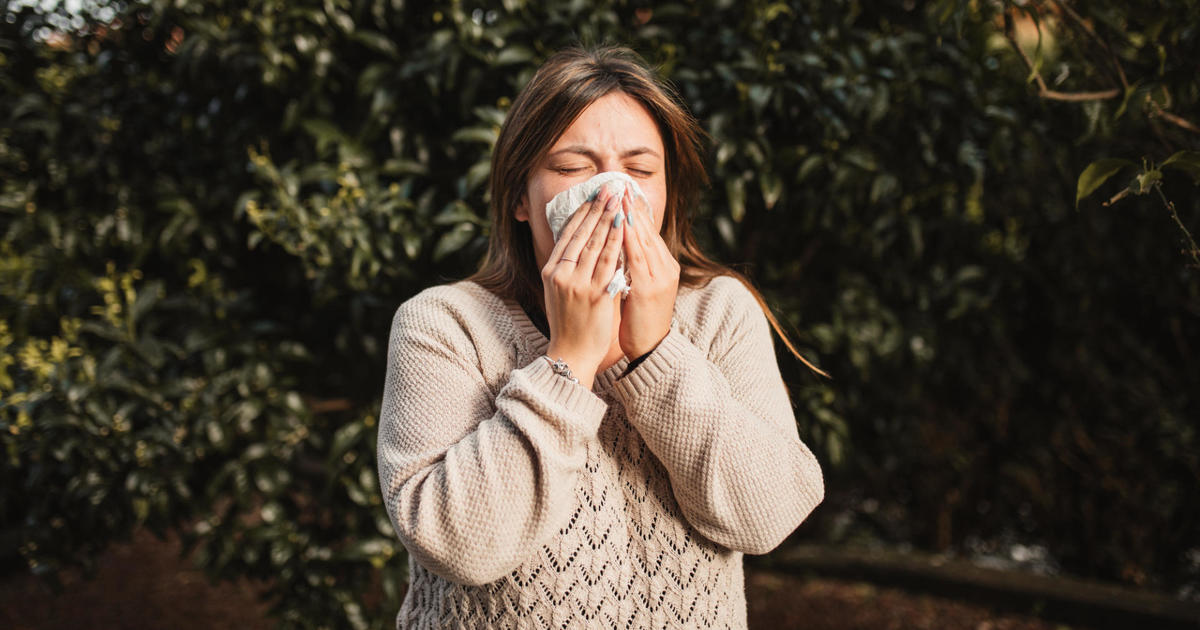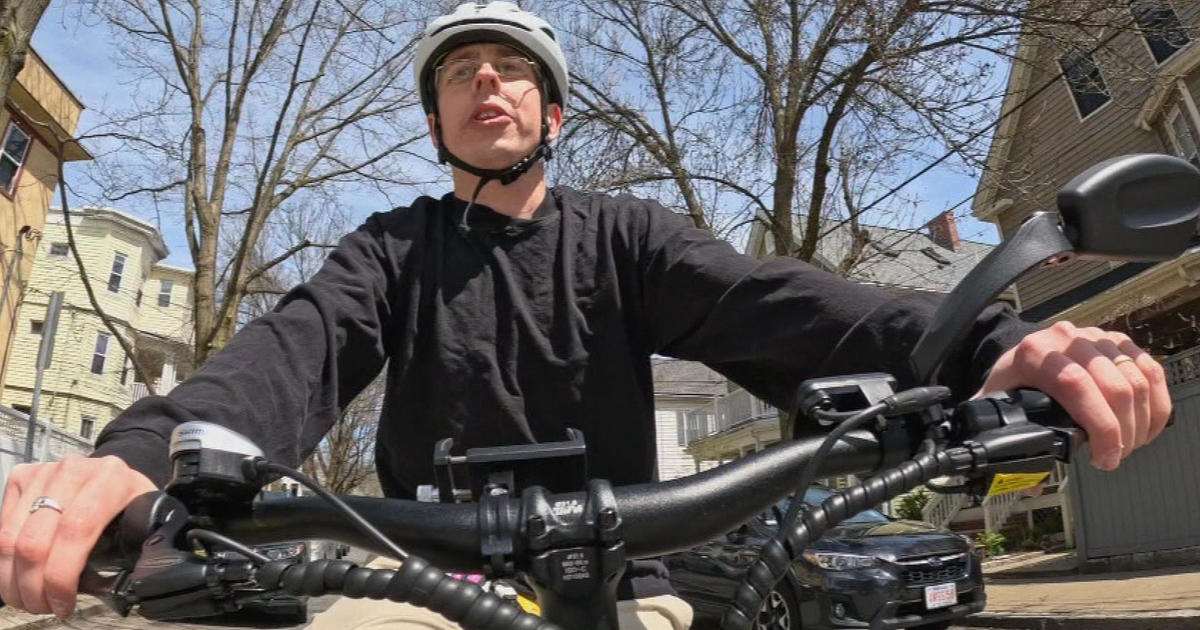Frostbite, hypothermia and other signs you might be in trouble in extreme cold
BOSTON - When people head to work and kids head to school Friday morning, wind chills will be in the single digits and dropping all the way into Saturday.
How quickly can this dangerous cold take hold?
Exposure to extreme cold can cause serious health problems and can occur quickly, within 30 minutes depending on the temperature and the condition of the person. As with most things, young babies and seniors are most at risk but anyone at any age needs to be careful. So, spend as little time outdoors as possible.
The combination of extremely cold temperatures and high winds causes you to lose body heat rapidly, so you want to limit your time outdoors as much as possible and avoid sweating, which will cool you off even more.
Make sure to dress warmly in multiple layers, a hat, a scarf to cover your face and mouth, warm boots, and mittens, which are warmer than gloves. Cover as much skin as possible.
Your body is working hard to stay warm so don't exert yourself even more outdoors, especially if you have heart disease or high blood pressure.
How do you know when you may be getting into trouble?
Shivering is the first sign that your body is losing heat and you need to get indoors otherwise you may develop hypothermia where your body loses heat faster than it can produce it. Your brain begins to lose function so you can't think clearly or move well. You may get confused, slur your speech, become drowsy and even lose consciousness. Hypothermia is a medical emergency.
What about frostbite?
Frostbite occurs when tissue literally begins to freeze, most commonly the nose, ears, cheeks, chin, fingers, or toes. Frostnip is the first stage and doesn't cause permanent damage. The skin may feel cold and tingly and quickly returns to normal when warmed.
However, if frostbite progresses, the skin can turn red then pale then blue, and become swollen and firm to the touch, evidence that damage has begun.
For more advice on dealing with extreme cold, click here.





